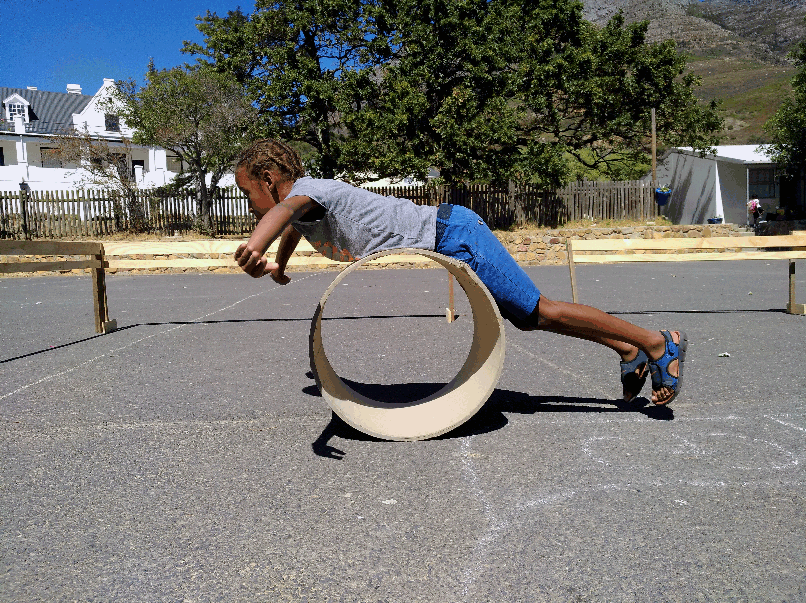Testing Loose Part Play
- See Saw Do
- Apr 17, 2018
- 1 min read
What will happen if you give children access to loose parts, tools and materials on the playground? We ended off the week by opening up the Play Barn for free play. Here is a short clip which shows the magic of letting young makers do their own thing✌

Why consider Loose Part Play?
"Loose parts aren’t prescriptive and offer limitless possibilities. A stick, for example, may become a fishing rod near real or imaginary water, a spurtle in a mud kitchen, a tool to nudge a football that is stuck in a tree; it can be thrown, floated, snapped, pinged, bent, hidden, added to a pile, burnt, tied to something else, split, catapulted or discarded. Static, unchanging play spaces do little for children whereas environments which can be manipulated, where things move and can be moved open worlds of possibility.
At a beach, for example, there is an abundance of water, sand, stones, rocks, smells, sights, vistas and textures which enable children to be highly inventive and creative in their play.
Natural environments such as mature woodland or beaches often provide significantly more loose parts with higher levels of affordance than many artificial play spaces such an asphalt school playground or a tidy urban park." (Loose Parts Play : A toolkit by T Casey & J Robertson)

Outcomes :
Prototype a storage solution for loose part play,
Highlight the importance of Loose Part Play
Test Loose Part Play at Zonnebloem
Explore solutions for a permanent Loose part play system within the Zonnebloem context













Comments